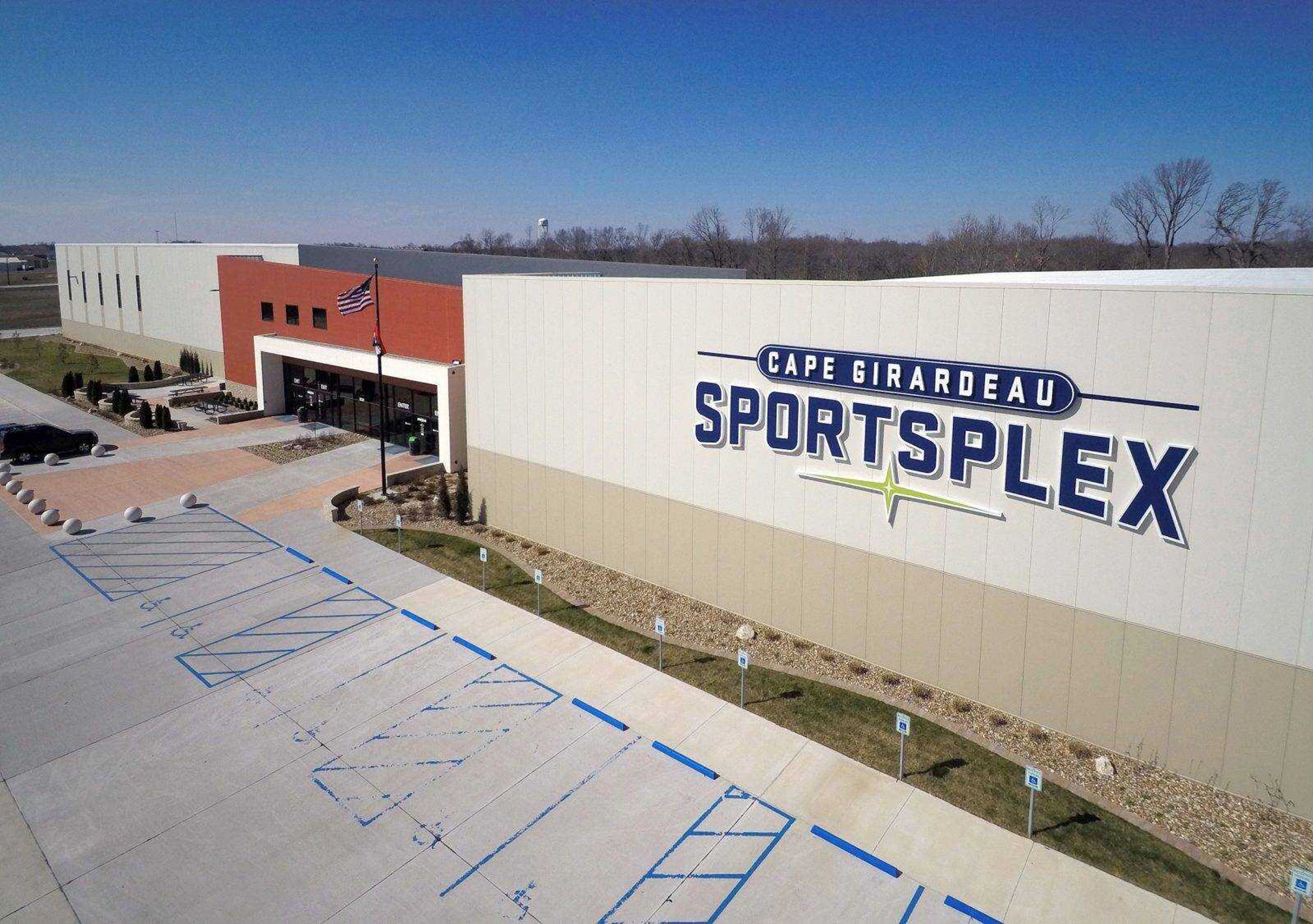DRILLING STARTS TO JUDGE PCB CONTAMINATION
Core samples of limestone rock and a deep well are being drilled at Missouri Electric Works Inc., 824 S. Kingshighway, to determine if there has been any contamination of the deep-level ground water and, if so, how best to remove it. Larry Taylor, vice president of The Earth Technology Corp., a Houston-based firm, said the work this week at Missouri Electric Works is a follow-up to the completed investigation-feasibility study to formulate a plan to remove polychlorinated biphenyls (PCBs), and other organic contaminants found in the soil and ground water on and adjoining the MEW site.. ...
Core samples of limestone rock and a deep well are being drilled at Missouri Electric Works Inc., 824 S. Kingshighway, to determine if there has been any contamination of the deep-level ground water and, if so, how best to remove it.
Larry Taylor, vice president of The Earth Technology Corp., a Houston-based firm, said the work this week at Missouri Electric Works is a follow-up to the completed investigation-feasibility study to formulate a plan to remove polychlorinated biphenyls (PCBs), and other organic contaminants found in the soil and ground water on and adjoining the MEW site.
Missouri Electric Works is a motor and transformer repair and sales business that has operated at the 6.4-acre site on South Kingshighway since 1953.
During an inspection in October 1984, the Missouri Department of Natural Resources discovered that some of the 102, 55-gallon drums of transformer oil on the site were leaking. Tests showed the oil was contaminated with PCBs, believed to be a cancer-causing agent. EPA investigations of the site and adjoining property between 1984 and 1987 uncovered PCB concentrations of 21,000 parts per million in the soil. Later tests showed ground water in the vicinity of the MEW site had traces of other organic contaminants, including benzene.
The site was added to the EPA's National Priority List of Superfund Sites in 1989.
Last September, the EPA ordered that the PCB-contaminated soil be incinerated in a mobile, on-site incinerator. Any contaminated ground water near the surface will be pumped out and treated to remove the contaminants, the EPA said.
Taylor said the samples of rock will provide data needed to design a ground-water, cleanup program.
He said the deep monitoring well will be drilled down to a depth of 180 to 300 feet. Samples of water will be taken from the well to determine the extent, if any, of organic contamination at that level, Taylor said.
"Our primary concern at the MEW site is the PCB contamination near the surface soil," Taylor said. "The ground-water contamination is almost a separate issue. The PCBs do not appear to be the source of the contamination of the ground water," he said.
Taylor theorized that the contaminants probably came from solvents used on the property in the past. But he said the exact source of the contaminants would be difficult to determine.
Taylor said the EPA and a consortium of potential responsible parties (PRPs) are now negotiating a consent order that would allow the actual cleanup work to begin at the MEW site. After the order has been signed by all parties involved, a contractor will be hired by the PRPs to begin clean up of the site.
The PRPs are companies that have done business with Missouri Electric Works in the past. Among the PRPs is Union Electric Co. of St. Louis.
Connect with the Southeast Missourian Newsroom:
For corrections to this story or other insights for the editor, click here. To submit a letter to the editor, click here. To learn about the Southeast Missourian’s AI Policy, click here.








